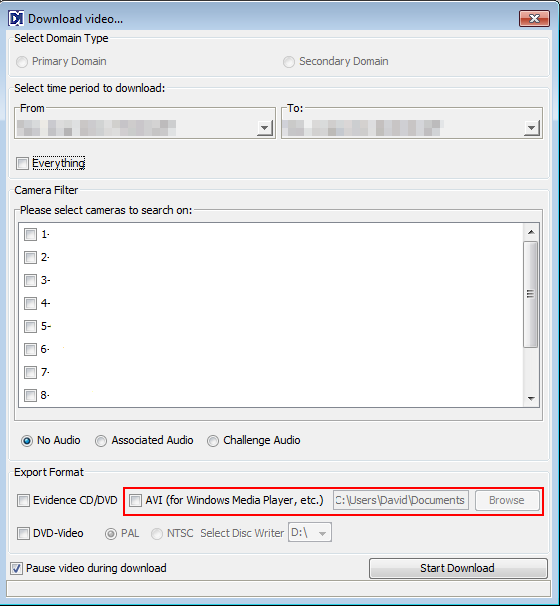
141–498, Chapter 14, Verse 12įurther reading Wikisource has the text of the 1911 Encyclopædia Britannica article Vikramaditya.

Indian Epigraphy: A Guide to the Study of Inscriptions in Sanskrit, Prakrit, and the other Indo-Aryan Languages. ^ Davivajña, Rāma (1996) Muhurtacintāmaṇi.The Camphor Flame: Popular Hinduism and Society in India.

#BIKRAM SAMBAT CONVERTER FULL#
A Māsa or lunar month (approximately 29.5 days) is divided into 2 Pakṣas: the one between new moon and full moon (waxing) is called gaura (bright) or Śukla Pakṣa the one between full moon and new moon (waning) Kṛiṣhṇa (dark) or Vadhya Pakṣa.A Paksa (also Pakṣa) or lunar fortnight consists of 15 tithis.Tithis begin at varying times of day and vary in duration from approximately 19 to 26 hours. A Tithi (or lunar day) is defined as the time it takes for the longitudinal angle between the Moon and the Sun to increase by 12°.Tithis for the waning phases are called 'krishna' or the dark phase, which is regarded as the inauspicious fortnight, starting from the day after the full moon or 'purnima'. During the waxing phases, tithis are called 'shukla' or the bright phase - the auspicious fortnight, beginning with the day after the new moon called 'Amavasya'. Each month has 30 tithis, which may vary from 20 – 27 hours. Because 12 months do not match a sidereal year exactly, correctional months ( adhika māsa) are added or, occasionally, subtracted ( kshaya masa). The classical Vikram Samvat uses lunar months and solar sidereal years.


 0 kommentar(er)
0 kommentar(er)
